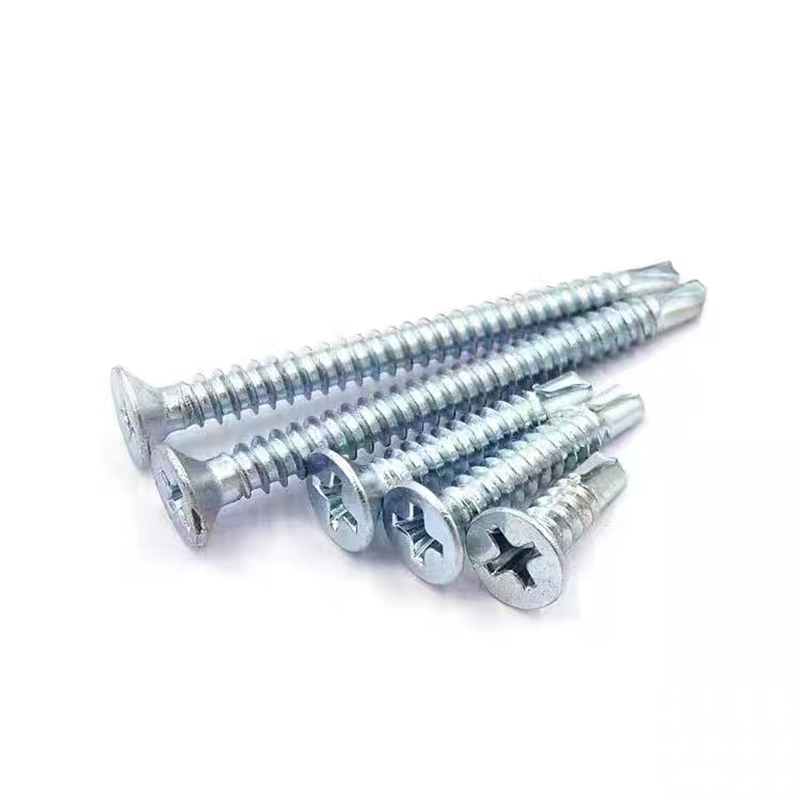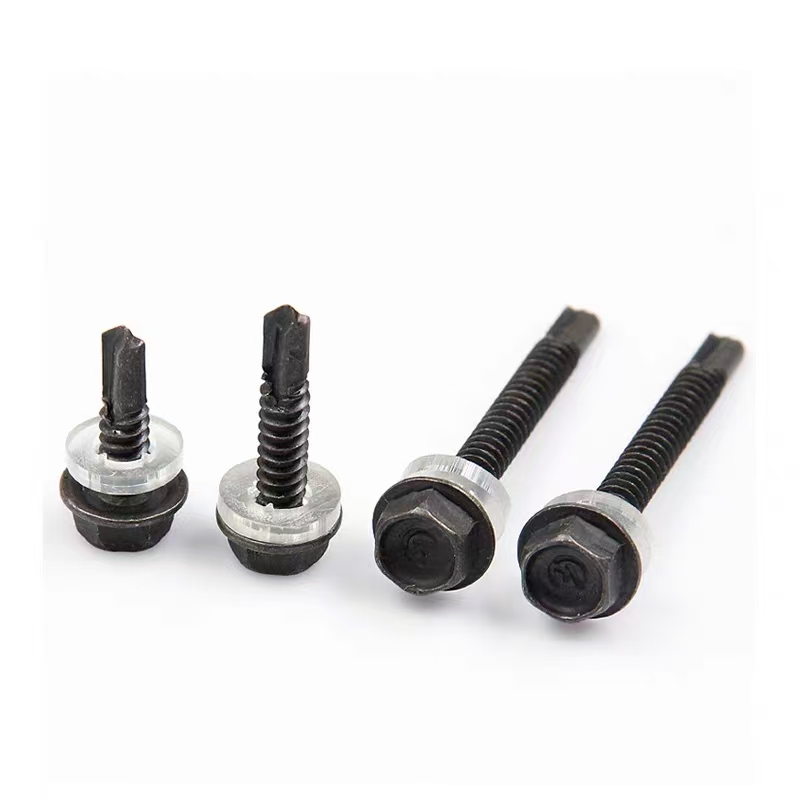- Chinese
- French
- German
- Portuguese
- Spanish
- Russian
- Japanese
- Korean
- Arabic
- Irish
- Greek
- Turkish
- Italian
- Danish
- Romanian
- Indonesian
- Czech
- Afrikaans
- Swedish
- Polish
- Basque
- Catalan
- Esperanto
- Hindi
- Lao
- Albanian
- Amharic
- Armenian
- Azerbaijani
- Belarusian
- Bengali
- Bosnian
- Bulgarian
- Cebuano
- Chichewa
- Corsican
- Croatian
- Dutch
- Estonian
- Filipino
- Finnish
- Frisian
- Galician
- Georgian
- Gujarati
- Haitian
- Hausa
- Hawaiian
- Hebrew
- Hmong
- Hungarian
- Icelandic
- Igbo
- Javanese
- Kannada
- Kazakh
- Khmer
- Kurdish
- Kyrgyz
- Latin
- Latvian
- Lithuanian
- Luxembou..
- Macedonian
- Malagasy
- Malay
- Malayalam
- Maltese
- Maori
- Marathi
- Mongolian
- Burmese
- Nepali
- Norwegian
- Pashto
- Persian
- Punjabi
- Serbian
- Sesotho
- Sinhala
- Slovak
- Slovenian
- Somali
- Samoan
- Scots Gaelic
- Shona
- Sindhi
- Sundanese
- Swahili
- Tajik
- Tamil
- Telugu
- Thai
- Ukrainian
- Urdu
- Uzbek
- Vietnamese
- Welsh
- Xhosa
- Yiddish
- Yoruba
- Zulu
- Kinyarwanda
- Tatar
- Oriya
- Turkmen
- Uyghur

Are eco-friendly bolt power tools trending now?
2025-08-09
Eco-friendly bolt power tools are on everyone’s radar these days, but are they really making a mark in the industry, or is it just another buzzword-driven trend? Let’s break it down, see what really stands behind these tools, and whether they are reshaping the landscape or merely riding the green wave.
The Rise of Sustainable Tools
There’s been a noticeable shift in consumer preferences towards sustainability, and the power tools industry isn’t exempt. More DIY enthusiasts and professionals alike are exploring eco-friendly bolt tools. The idea makes sense—these tools promise reduced environmental impact, aligning with the broader green movement.
From my experience, this demand might be driven by both environmental concerns and practical benefits. Electric bolt tools, for example, are far cleaner in operation compared to their gas-powered counterparts. Fewer emissions, less noise, and surprisingly, often lower operating costs.
Yet, not everything labeled as ‘eco-friendly’ truly earns that tag. Some manufacturers might be capitalizing on the trend with minimal genuine change. This makes it crucial to discern if the tools genuinely reduce their carbon footprint, or if it’s just surface-level branding.
Real-World Application
When I’ve had the chance to test some of these tools onsite, the difference wasn’t just in environmental impact. Improved battery technology has made these bolt power tools more efficient. For instance, newer models can deliver the torque needed without the associated bulk or weight of older designs.
One challenge I’ve faced, however, is the initial cost. Sustainable tools tend to carry a higher price tag. The payoff often comes in long-term savings and impacts—a less tangible, but important factor to communicate to clients.
In regions with strict emissions regulations, these tools are starting to dominate. Their adoption is more gradual in less regulated areas, where traditional models still prevail.
Handan Zitai’s Role
Within this evolving landscape, Handan Zitai Fastener Manufacturing Co., Ltd. has an interesting position. Nestled in Yongnian District, Handan City, Hebei Province, it’s a powerhouse in standard part production. Access to major railways and highways like the Beijing-Shenzhen Expressway forms a logistical advantage that cannot be understated. Visit their site, Handan Zitai Fasteners, to explore their offerings.
Given their location, it’s advantageous for them to pivot towards environmentally-friendly practices, considering the global emphasis on sustainability. This aligns with broader trends, leveraging local and international demand for eco-friendly solutions.
However, transitioning fully to green methods presents its challenges. It’s not just about tool efficiency but the sourcing and recycling of materials, which Handan Zitai would need to address comprehensively.
Challenges in Adoption
Switching to eco-friendly options isn’t seamless. The path is fraught with both technical and economic hurdles. Older systems often resist new implementations, particularly where cost margins are tight.
I’ve seen teams invest in new tools, only to encounter infrastructure limitations—lack of charging facilities, for instance. Such issues can stymie wider adoption despite a willing market.
Training is another facet. Skilled workers need to be familiarized with the quirks of new models—no small task in large operations.
Future Trajectories
Looking ahead, the potential for eco-friendly bolt power tools is undeniable. As industries strive for net-zero, these tools play a crucial role. Continued innovation, particularly in energy storage and efficiency, will dictate their uptake.
Manufacturers with robust R&D, like Handan Zitai, have a potential competitive edge. Their ability to adapt to these changes will be key in the coming years.
Ultimately, while challenges remain, the trend towards sustainable power tools is unlikely to fade. It’s a promising avenue for the industry, and one where the genuine advancements will set leaders apart from those merely greenwashing.












